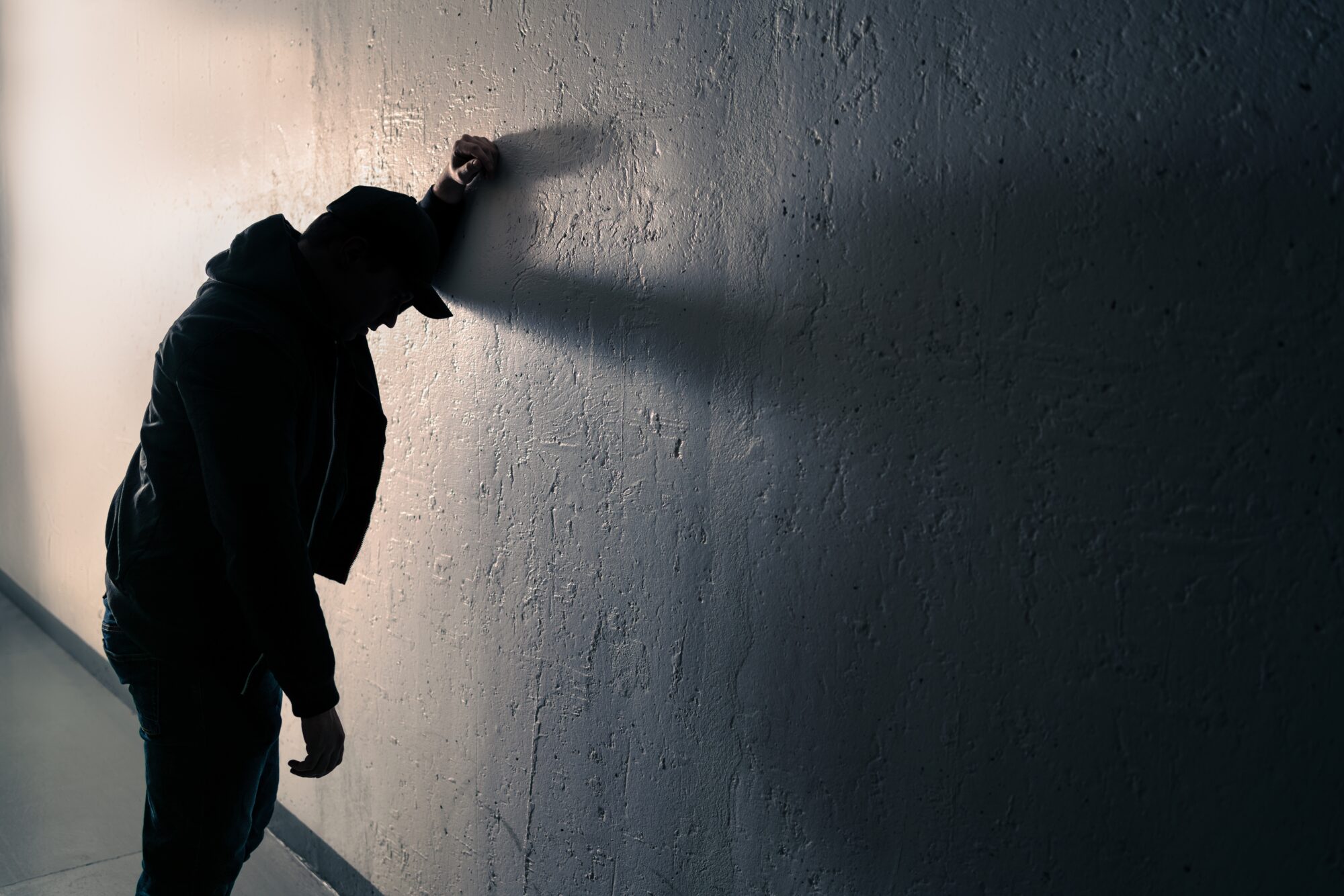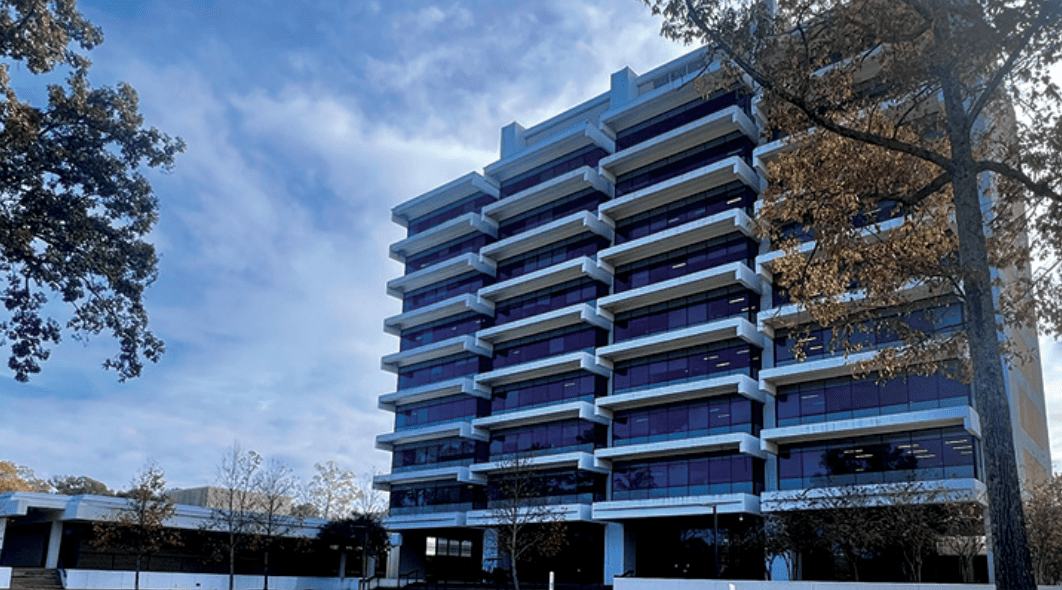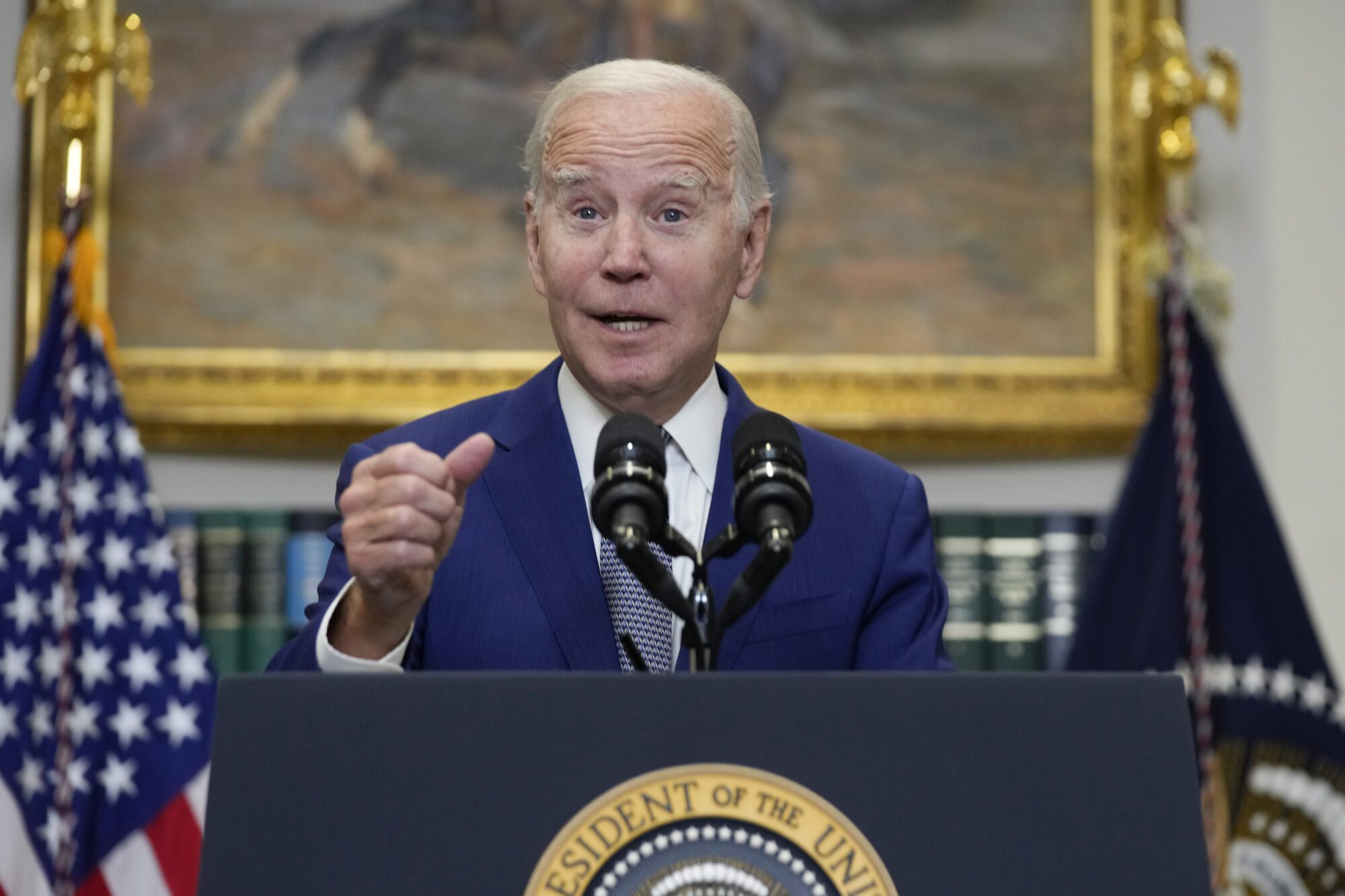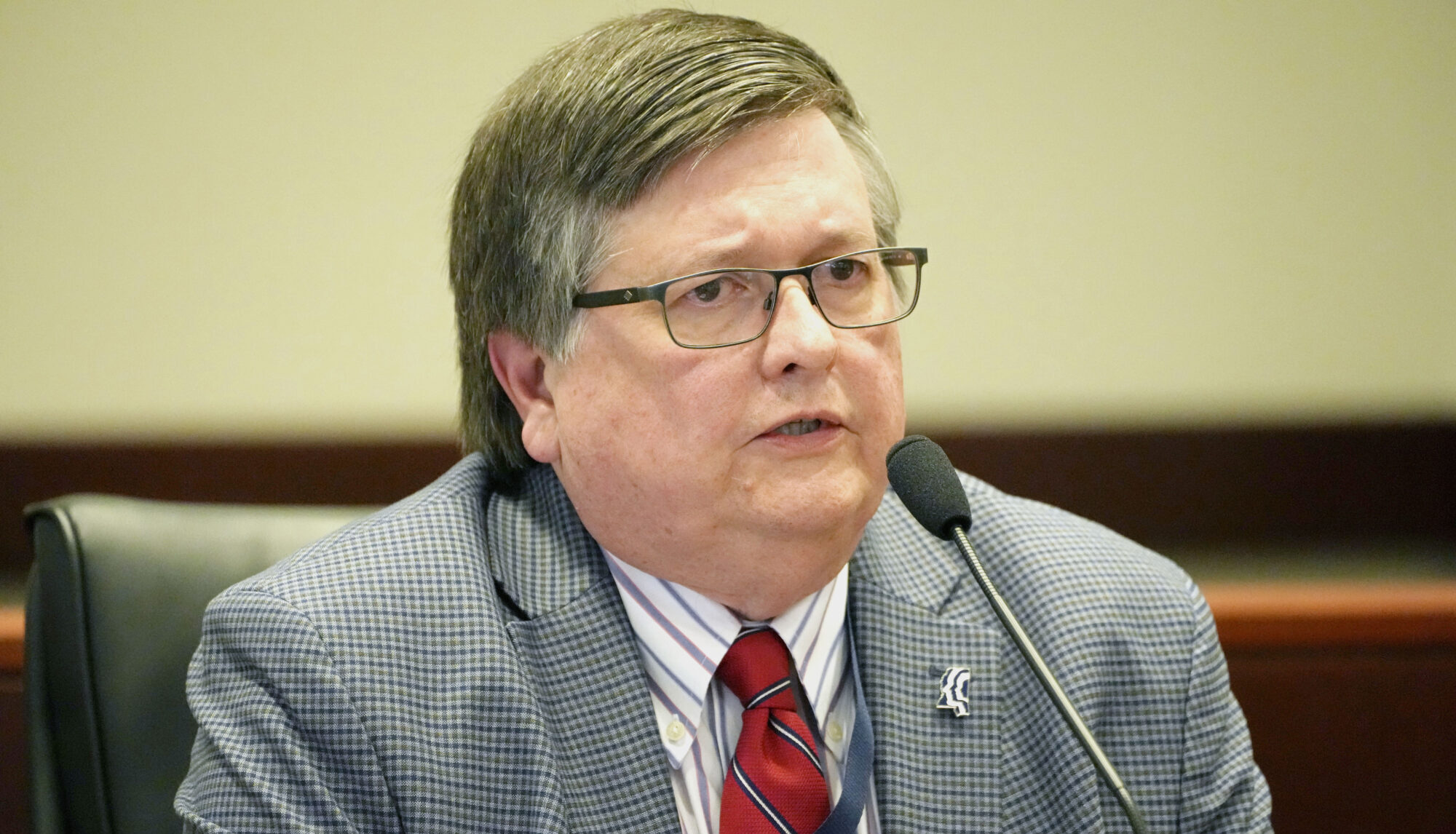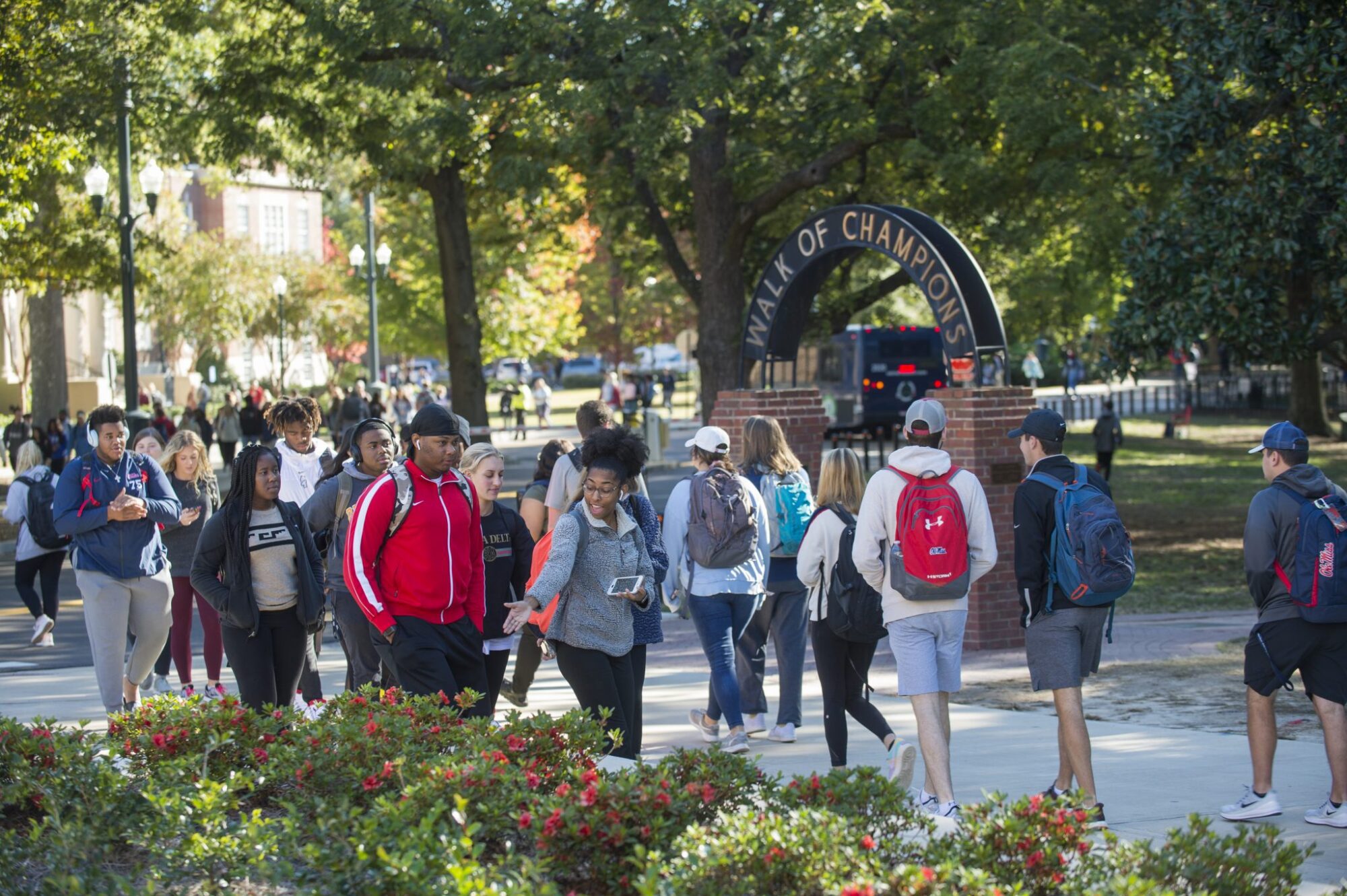
(Photo from OleMiss.edu / by Christian Johnson/Ole Miss Digital Imaging Services)
Data presented to the Mississippi Senate’s Universities and Colleges Committee reflects less births and more deaths in state, as well as out-of-state competition for students.
Mississippi, and the nation, is facing a population decline. State universities are concerned it will result in fewer students enrolling in higher education.
That was the message shared with the Mississippi Senate’s Universities and Colleges committee this week.
The Magnolia State’s population characteristics, which are trends in the numbers of births, deaths and those moving in and out of a state, are predicted to accelerate the decline in population. Those trends are a significant concern to institutions of higher learning. Fewer people graduating from high school translates to fewer people enrolling in college.
According to information presented by Dr. John J. Greene, a professor in the Department of Economics at Mississippi State University, in 2010 Mississippi’s births totaled 40,000 while there were about 30,000 deaths that same year. Twelve years later, those figures reflected 35,000 births and more than 35,000 deaths. The trend of less births is being seen nationwide. The COVID-19 pandemic played a part in the increasing number of deaths, Greene said.
“When we have more deaths than births this is a demographic phenomenon called natural decrease. And without being offset through in migration, it results in population decreases. And this lowers the number of potential in-state college students over time when we think about Mississippi in the long run,” Greene outlined.
By “in migration,” Greene is referring to the number of people moving into the state from elsewhere. Conversely, “out migration” reflects the number of people moving to other states. Greene said due to the combination of lower birth rates and rising out migration, Mississippi is seeing a population decline. Between April 1, 2020, to July 1, 2023, the state lost about 21,616 residents.
As a result of the total population decline prediction, it’s also expected that by 2040 the number of people aged 15 to 24 will decrease in Mississippi, which is the demographic that will graduate high school and consider enrolling in higher education.
According to data compiled by the Western Interstate Commission for Higher Education and presented by Dr. Noel Wilkin, Research Professor at the University of Mississippi, the nation’s high school graduate population will peak in 2025 or 2026. After that time, there will be a decline in the number of people graduating high school and subsequently considering higher education after high school.
Considering that the rest of the southern region is expected to be in a state of growth, there will be more and more competition between universities and colleges to draw students in from out-of-state.
Wilkin expects the combination of a declining birth rate and out migration will lead to an enrollment cliff nationwide, but it will be most pronounced in high out migration states who depend on out-of-state enrollment in colleges, like Mississippi.
In Mississippi, out-of-state students pay about three times more in tuition than in-state students. Wilkin said that during the 2023 fiscal year, in-state students brought in $49 million to the University of Mississippi, while out-of-state students generated $174 million in tuition.
Currently, Mississippi is considered to be a destination state for higher education. Wilkin cited statistics from 2016, where 4,447 students came from other states to attend Mississippi colleges and universities, while only 845 Mississippi students left to find higher education in another state. The primary states Mississippi drew those students from include Texas, Louisiana, Tennessee, Alabama and Georgia.
Wilkin attributed the current draw of out-of-state students to Mississippi’s universities to a high quality of education being offered at a lower cost than many of the other options available to students. The projected population decline may prompt calls to raise tuition prices, but Wilkin advises against it.
“If you look at what we could do in terms of tuition, some people would say, ‘Well, just raise the price, just make the price higher.’ But remember we’re in a hyper-competitive environment. That environment’s going to get even more competitive not only within the state but outside the state in particular,” Wilkin said.
Declines in the number of total students are already being noted in this state. During the 2017-2018 school year, there were 35,098 students graduating from a raw student count of 41,783, equating to an 84 percent graduation rate. In the 2021-2022 school year there were 32,681 graduates from a raw student count of 36,762, for an 88.9 percent graduation rate.
“So while we may increase the percentage of students who graduate from Mississippi schools we’re not seeing a growth in the overall raw number of students who are pursuing higher education,” Wilkin described.
This also led to a decrease in the number of students who graduated from high school and enrolled in a post secondary institution. From the 2019-2020 school year there were 22,000, or 67.4 percent. That number dropped the following year to 20,883, or 63.9 percent. Of the graduates from the 2022-2023 school year, enrollment dropped even further to 60.5 percent.
The declining birth rates will also mean a shift in graduate demographics. Fewer white students will be graduating from high school, while other demographics are expected to remain stable or increase slightly.
Nationwide in 2019, 51 percent of high school graduates were white, while 25 percent were classified as hispanic, 14 percent were Black and 3 percent were classified as multiracial. The projection for 2036 is that 43 percent of high school graduates will be white, 28 percent will be hispanic, 14 percent will be Black and 6 percent will be multiracial.

